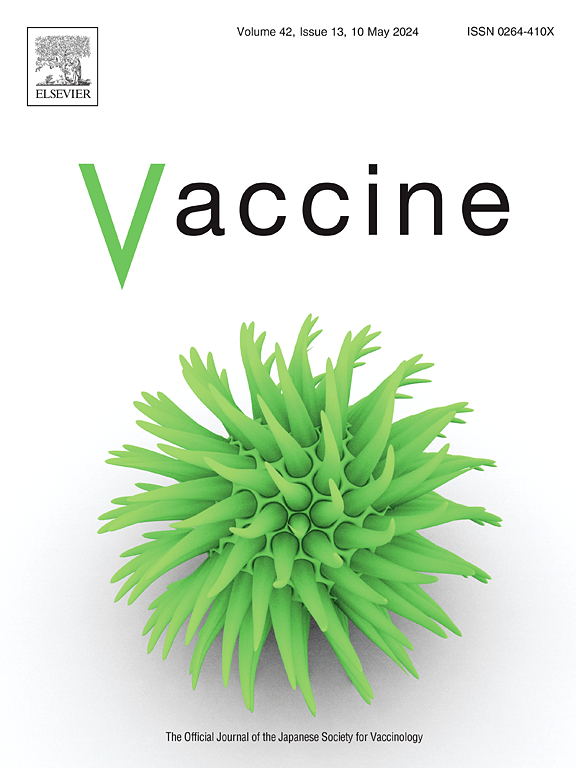What's in a name? – How migrant populations are classified and why this matters for (in)equitable access to routine childhood and adolescent immunisation services: A scoping review
IF 4.5
3区 医学
Q2 IMMUNOLOGY
引用次数: 0
Abstract
Background
Migrant populations may be highly susceptible to vaccine-preventable diseases (VPDs) due to factors such as mobility, legal status, and systemic health inequities. We explore systemic barriers to equitable immunisation services for migrant children and adolescents worldwide.
Methods
We conducted a scoping review following Arksey and O'Malley's framework, with guidance from Joanna Briggs Institute guidelines. Our search across 10 databases yielded 78 peer-reviewed articles (2012−2023) and nine grey literature sources from global organizations. Data were charted and analysed to identify trends in vaccine coverage, classification of migrant populations, and policy implications.
Results
Despite the existence of national immunisation programmes with migrant-inclusive policies in some countries, significant barriers remain. Lower immunisation rates and higher VPD risks are common among migrants, with exclusion often based on legal status. Misalignment between home and host country policies further restricts access.
Conclusion
Policy reforms are needed to harmonize immunisation policies across borders and ensure equitable access irrespective of migrant classification. Increased collaboration between health systems in home and host countries is critical to achieving these goals.
求助全文
约1分钟内获得全文
求助全文
来源期刊

Vaccine
医学-免疫学
CiteScore
8.70
自引率
5.50%
发文量
992
审稿时长
131 days
期刊介绍:
Vaccine is unique in publishing the highest quality science across all disciplines relevant to the field of vaccinology - all original article submissions across basic and clinical research, vaccine manufacturing, history, public policy, behavioral science and ethics, social sciences, safety, and many other related areas are welcomed. The submission categories as given in the Guide for Authors indicate where we receive the most papers. Papers outside these major areas are also welcome and authors are encouraged to contact us with specific questions.
 求助内容:
求助内容: 应助结果提醒方式:
应助结果提醒方式:


